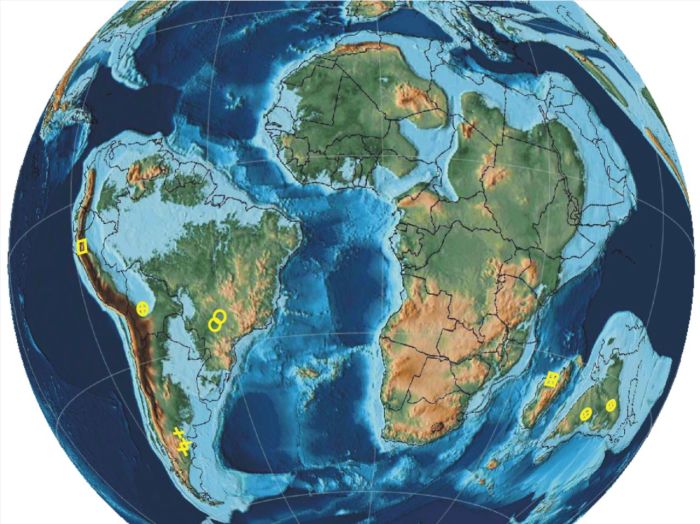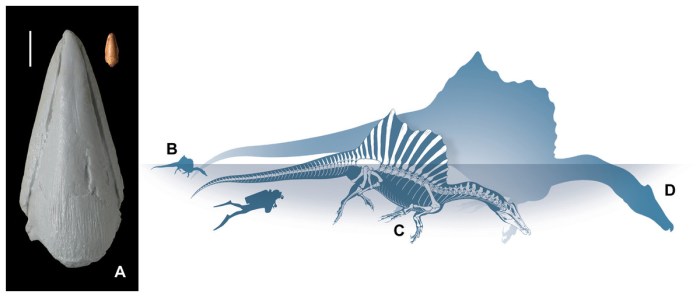Palaeontology and Open Science news roundup: June 1st, 2018
Welcome to your usual weekly roundup of vaguely interesting stuff that happened in the last week! Enjoy, and let me know if I’ve missed anything out. Previous week.
Palaeontology news
- Bokulich: Using Models to Correct Data: Paleodiversity and the Fossil Record.
- Cau and Madzia: Redescription and affinities of Hulsanpes perlei (Dinosauria, Theropoda) from the Upper Cretaceous of Mongolia.
- Hill et al: Evolution of jaw disparity in fishes.
- Wang et al: A taxonomical revision of the Confuciusornithiformes (Aves: Pygostylia).
- Castro et al: A Late Cretaceous mammal from Brazil and the first radioisotopic age for the Bauru Group.

- Maganuco and del Sasso: The smallest biggest theropod dinosaur: a tiny pedal ungual of a juvenile Spinosaurus from the Cretaceous of Morocco.
- Pimiento et al: Assessing canalisation of intraspecific variation on a macroevolutionary scale: the case of crinoid arms through the Phanerozoic.

Open Science News
- Pride and Knoth: Peer review and citation data in predicting university rankings, a large-scale analysis. “This suggests that citation-based indicators are sufficiently aligned with peer review results at the institutional level to be used to lessen the overall burden of peer review on national evaluation exercises leading to considerable cost savings.”
- From the University of California, a powerful statement: Declaration of Rights and Principles to Transform Scholarly Communication.
- LERU: Open Science and its role in universities: a roadmap for cultural change.
- Preliminary Findings from the Review, Promotion, and Tenure Study.
Stuff I’ve done
- Updated the submission guidelines for paleorXiv to make it clearer. Thanks Darren Naish for the tip!
- Published: The state of the art in peer review, available via SocArXiv.
- Around 19 minutes in, I give a little pitch for the Open Science MOOC here for the new Road to Open Science podcast. Enjoy!
- Built the new Meta-Paleo project website from scratch using GitHub pages!